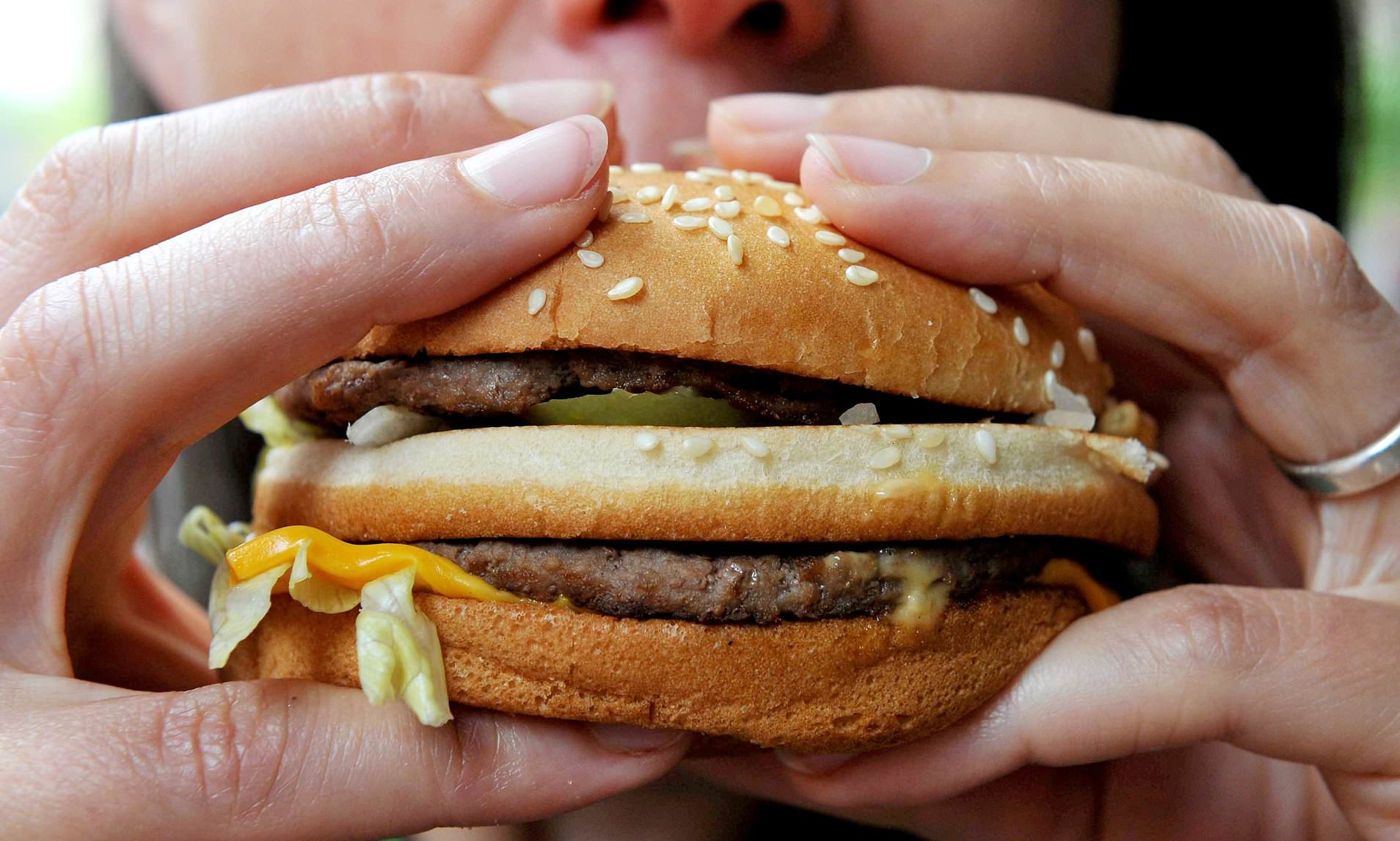 English
English

In a recent study, neuroscientists have found that the longings for social interaction felt during isolation are neurologically very similar to the food cravings people experience when hungry.

Massachusetts: In a recent study, neuroscientists have found that the longings for social interaction felt during isolation are neurologically very similar to the food cravings people experience when hungry.
The researchers found that after one day of total isolation, the sight of people having fun together activates the same brain region that lights up when someone who hasn't eaten all day sees a picture of a plate of cheesy pasta.

"People who are forced to be isolated crave social interactions similarly to the way a hungry person craves food. Our finding fits the intuitive idea that positive social interactions are a basic human need, and acute loneliness is an aversive state that motivates people to repair what is lacking, similar to hunger," says Rebecca Saxe, the John W. Jarve Professor of Brain and Cognitive Sciences at MIT, a member of MIT's McGovern Institute for Brain Research, and the senior author of the study.
The research team collected the data for this study in 2018 and 2019, long before the coronavirus pandemic and resulting lockdowns. Their new findings, described today in Nature Neuroscience, are part of a larger research program focusing on how social stress affects people's behavior and motivation.
Former MIT postdoc Livia Tomova, who is now a research associate at Cambridge University, is the lead author of the paper. Other authors include Kimberly Wang, a McGovern Institute research associate; Todd Thompson, a McGovern Institute scientist; Atsushi Takahashi, assistant director of the Martinos Imaging Center; Gillian Matthews, a research scientist at the Salk Institute for Biological Studies; and Kay Tye, a professor at the Salk Institute.

Social craving
The new study was partly inspired by a recent paper from Tye, a former member of MIT's Picower Institute for Learning and Memory. In that 2016 study, she and Matthews, then an MIT postdoc, identified a cluster of neurons in the brains of mice that represent feelings of loneliness and generate a drive for social interaction following isolation. Studies in humans have shown that being deprived of social contact can lead to emotional distress, but the neurological basis of these feelings is not well-known.
Each of the 40 participants also underwent 10 hours of fasting, on a different day. After the 10-hour period of isolation or fasting, the participants were scanned while looking at images of food, images of people interacting, and neutral images such as flowers. The researchers focused on a part of the brain called the substantia nigra, a tiny structure located in the midbrain, which has previously been linked with hunger cravings and drug cravings. The substantia nigra is also believed to share evolutionary origins with a brain region in mice called the dorsal raphe nucleus, which is the area that Tye's lab showed was active following social isolation in their 2016 study.
The researchers hypothesized that when socially isolated subjects saw photos of people enjoying social interactions, the "craving signal" in their substantia nigra would be similar to the signal produced when they saw pictures of food after fasting. This was indeed the case. Furthermore, the amount of activation in the substantia nigra was correlated with how strongly the patients rated their feelings of craving either food or social interaction. (ANI)